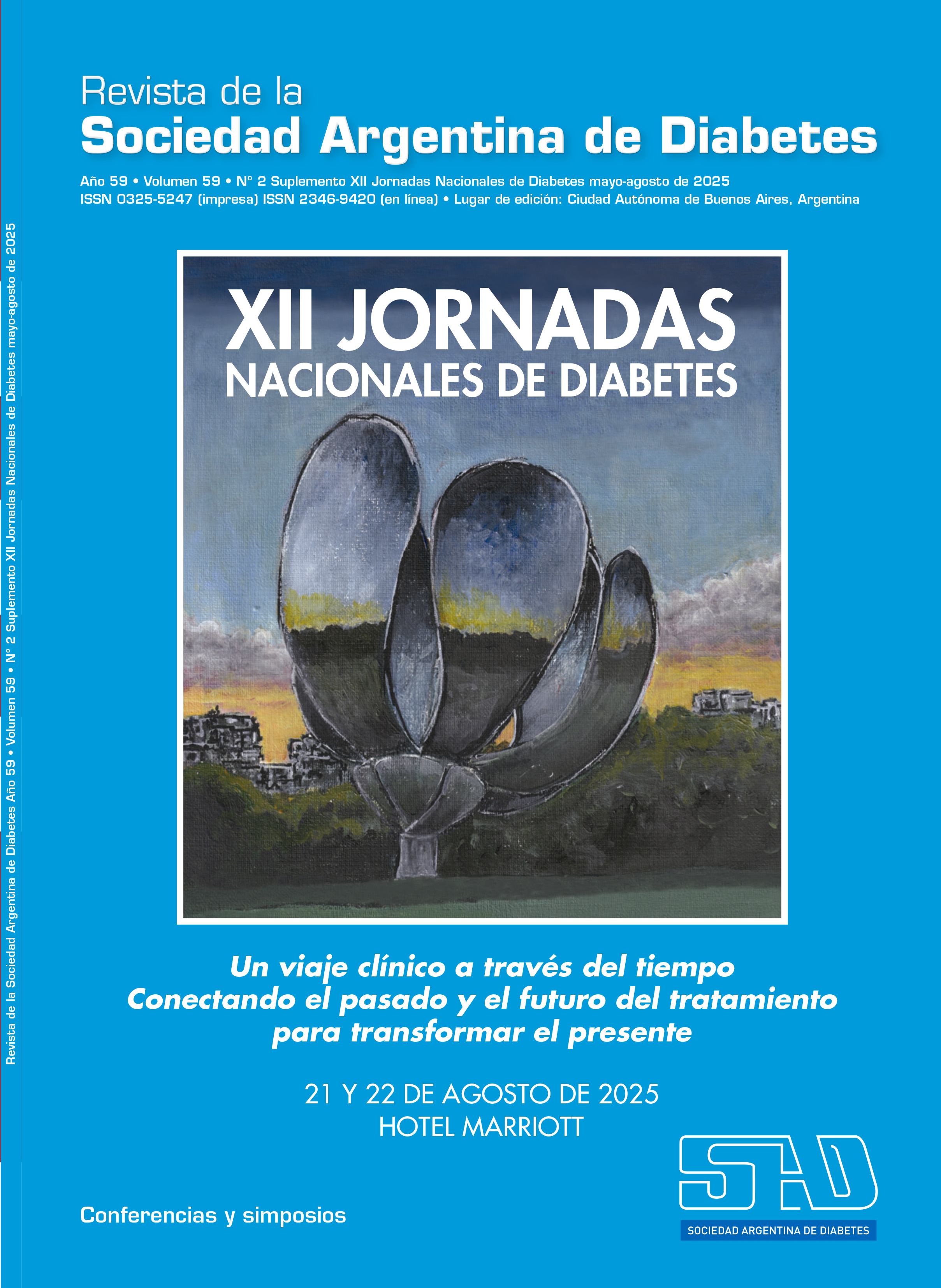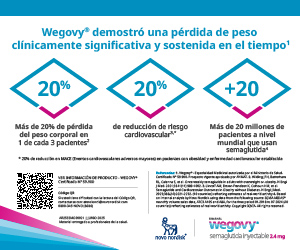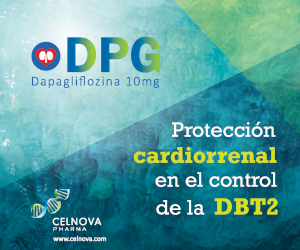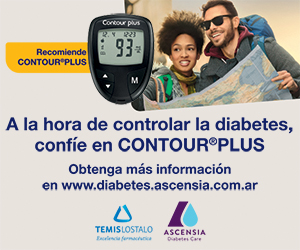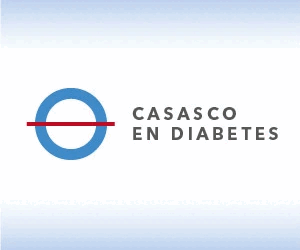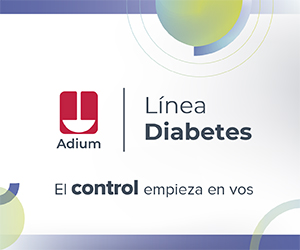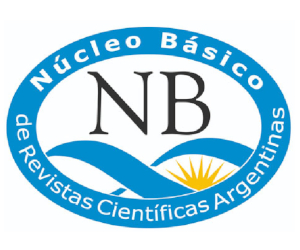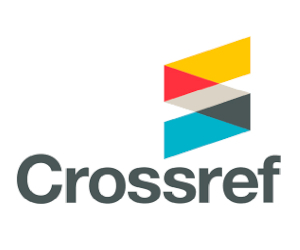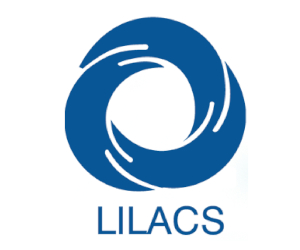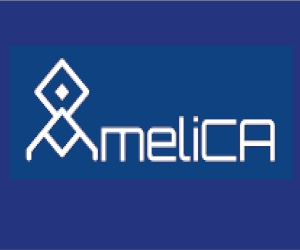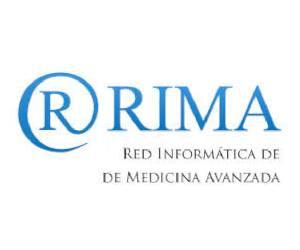Challenges in the use of continuous glucose monitoring in children and adolescents
DOI:
https://doi.org/10.47196/diab.v59i2Sup.1251Keywords:
continuous glucose monitoring, children, adolescentsAbstract
University Specialist in Pediatric Medicine, University Specialist in Nutrition and Pediatric Diabetes, Ricardo Gutiérrez Children's Hospital, Staff Physician, Nutrition and Diabetes Service, Churruca Visca Hospital, Autonomous City of Buenos Aires, Argentina
Continuous glucose monitoring (CGM) has transformed the management of type 1 diabetes mellitus (T1DM) in children and adolescents. However, its implementation in daily clinical practice presents specific challenges that require a deep understanding by healthcare professionals.
One of the main challenges lies in patient adherence to CGM. Adolescents are the population that may feel the most uncomfortable with the use of this technology and resist continuous use. It is crucial that the DM specialist population educate patients and their families about the benefits of CGM and provide them with the necessary support to overcome this barrier.
Another important challenge is the interpretation of CGM data. Physicians must be able to analyze glucose trends and make informed decisions about insulin dosage and nutrition. Training by healthcare professionals specialized in DM is essential to avoid errors and optimize glycemic control.
Another hot topic currently is the cost of the devices and their social security coverage, which is why glucose sensors can be a limitation for many families. Alternatives need to be sought to ensure equitable access to CGM, such as financial support programs or coverage by health systems.
Finally, integrating CGM into everyday life can be challenging. Children and adolescents must learn how to use the device at school, during sports, and in other social activities. Support from educators and other professionals is important to facilitate this transition.
References
I. American Diabetes Association. 7. Diabetes Technology: Standards of Care in Diabetes 2024. Diabetes Care 2024;47(Supp1):S126-S144.
II. European Association for the Study of Diabetes (EASD). Disponible en: www.journals.sagepub.com/home/dst
III. Diabetes Technology & Therapeutics. Disponible en https://home.liebertpub.com/publications/diabetes-technology-and-therapeutics/11.
Downloads
Published
Issue
Section
License
Copyright (c) 2025 on behalf of the authors. Reproduction rights: Argentine Diabetes Society

This work is licensed under a Creative Commons Attribution-NonCommercial-NoDerivatives 4.0 International License.
Dirección Nacional de Derecho de Autor, Exp. N° 5.333.129. Instituto Nacional de la Propiedad Industrial, Marca «Revista de la Sociedad Argentina de Diabetes - Asociación Civil» N° de concesión 2.605.405 y N° de disposición 1.404/13.
La Revista de la SAD está licenciada bajo Licencia Creative Commons Atribución – No Comercial – Sin Obra Derivada 4.0 Internacional.
Por otra parte, la Revista SAD permite que los autores mantengan los derechos de autor sin restricciones.



